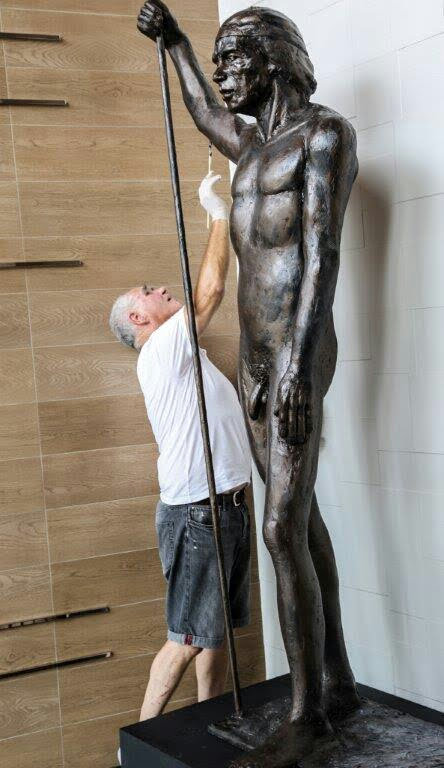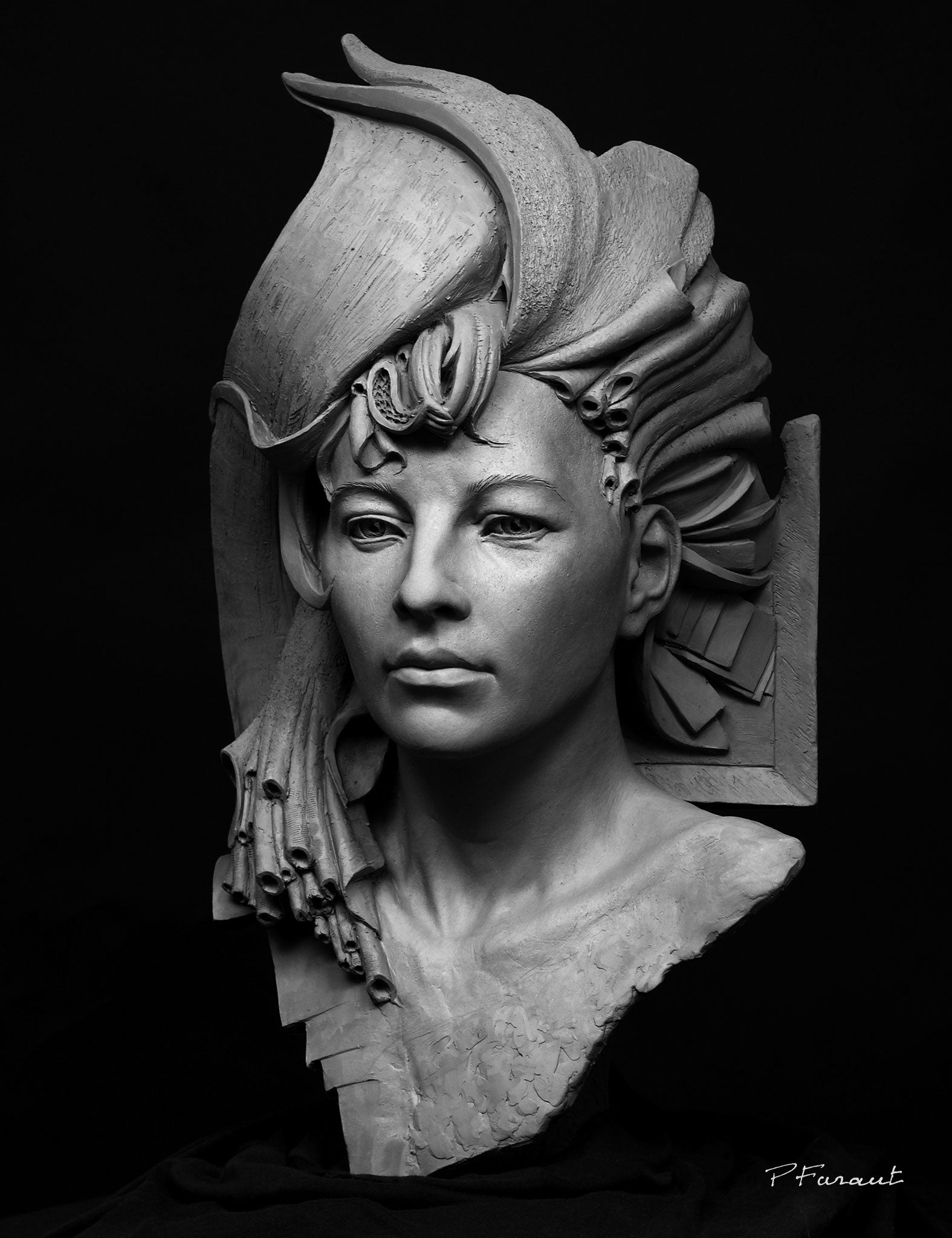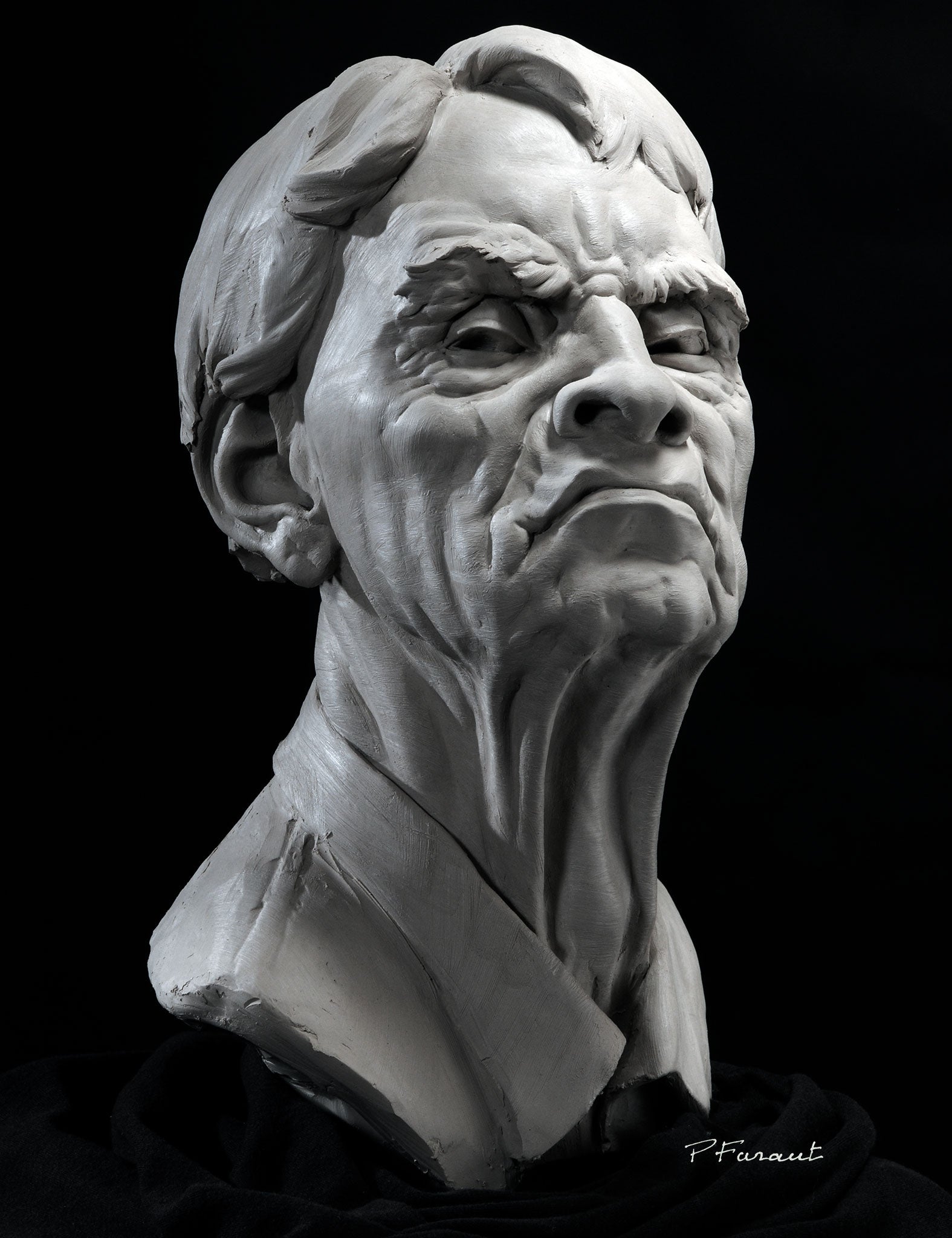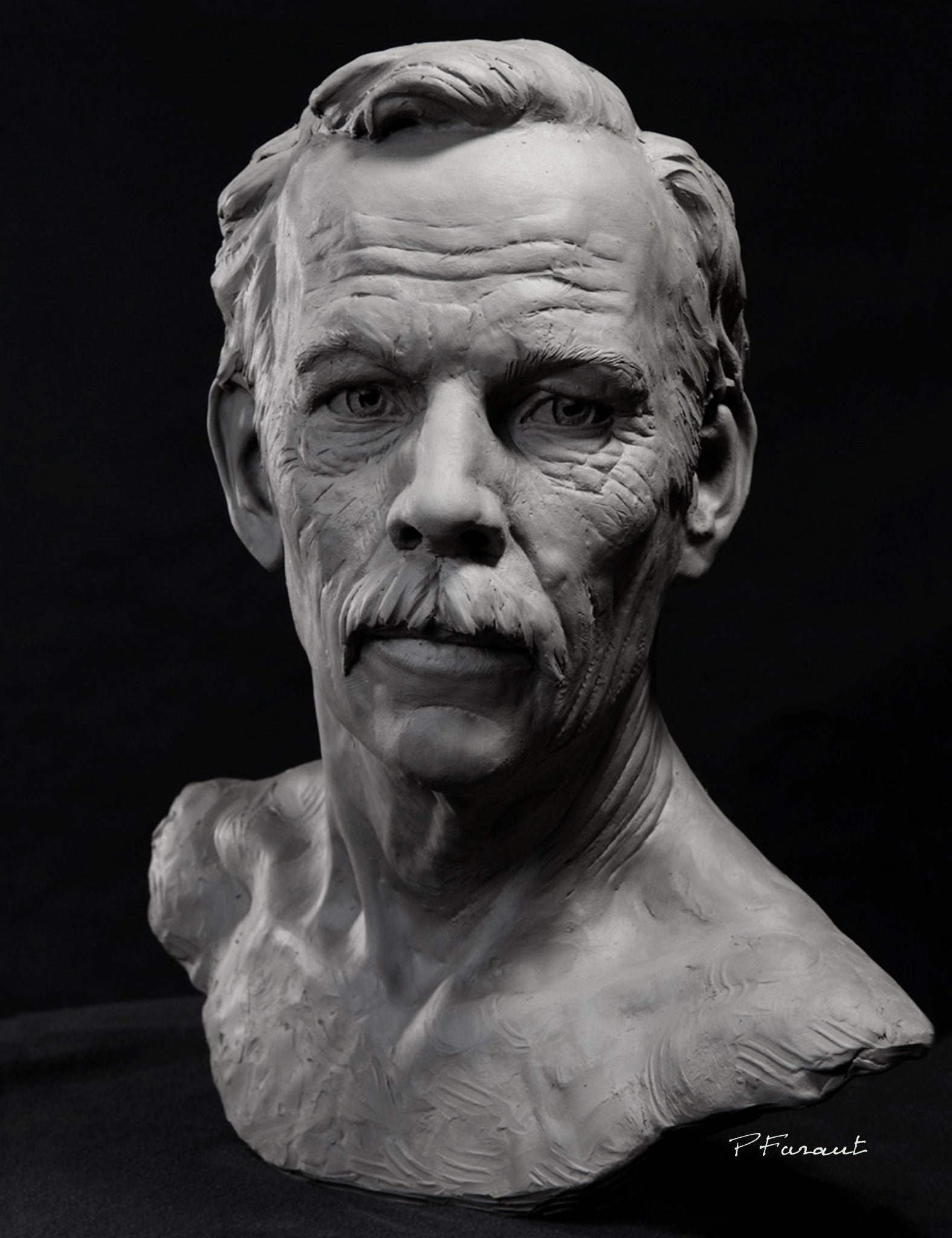Crafting Expressions: The Unique Artistry of a Portrait Sculptor
Wiki Article
The Development of Sculptures: From Ancient to Modern
The Development of Sculptures: From Old to Modern. Portrait Sculptor.Sculpture, one of the oldest kinds of art, has actually been an essential component of human people for centuries. From the ancient human beings of Egypt and Greece to the modern period, sculptures have actually evolved, mirroring changes in imaginative strategies, materials, and cultural influences. This journey via time traces the advancement of sculptures, exploring the changes stylishly, topic, and creative expression.
Starting with the old world, sculptures crafted from stone and later on bronze caught the significance of divine beings, leaders, and everyday life. The Renaissance duration observed a revival of classical sculpting strategies, as artists sought to replicate the elegant types of ancient Greek and Roman sculptures (Equine Sculptures). In the contemporary era, musicians tested typical limits, welcoming abstraction and trial and error with new products
This expedition will certainly explore the varied development of sculptures, exposing the rich tapestry of imaginative expression across various durations and cultures.

Ancient Sculptures: From Rock to Bronze
Old sculptures transitioned from being taken of stone to being cast in bronze. This shift noted a considerable development in the art of sculpture, permitting for better improvement and information in the finished jobs. Stone sculptures, while impressive in their own right, were restricted by the nature of the material. Rock required considerable sculpting and forming, frequently causing a more simplified depiction of the topic.The introduction of bronze as a medium for sculptures brought around a revolution in imaginative expression. Bronze supplied artists the opportunity to develop elaborate and realistic forms that were not possible with stone. The process of casting bronze enabled the creation of numerous copies of a sculpture, making it possible for wider circulation and conservation of these imaginative masterpieces.
The change from rock to bronze additionally saw a change in the topic of sculptures. While rock sculptures mainly illustrated gods, sirens, and mythological figures, bronze sculptures began to show a more comprehensive range of subjects, including daily individuals and animals. This expansion of subject matter showcased the versatility and adaptability of the bronze tool.
Renaissance Revival: Sculpting in the Timeless Design
The Renaissance rebirth of sculpture observed a rebirth in the classic style, structure upon the developments made during the shift from rock to bronze in old sculptures. Throughout this duration, musicians sought to recreate the classic aesthetic and suitables of appeal that were prevalent in old Greek and Roman sculptures.One of the essential characteristics of the Renaissance resurgence was the focus on naturalism and the human kind. Artists like Donatello and Michelangelo strove to catch the anatomical details and expressions of their topics with extraordinary accuracy. They examined the human body and incorporated their observations right into their sculptures, resulting in sensible and natural depictions.
One more important facet of the Renaissance revival was the exploration of perspective and depth. Musicians used methods such as contrapposto, where the weight of the body is shifted away, producing a sense of activity and dynamism. They also try out different materials, consisting of marble and bronze, to accomplish a degree of sophistication and ins and out in their sculptures.

Modernism and the Avant-Garde: Damaging Conventional Limits
During the Innovation and Avant-Garde motions, artists pressed the borders of traditional artistic conventions. This period, which emerged in the late 19th and early 20th centuries, saw a dramatic shift in the means artists came close to sculpture. Declining the notion of art as plain imitation, modernist carvers looked for to check out new types, materials, and ideas.
Among the key features of modernist sculpture was the emphasis on abstraction. Sculptors relocated away from reasonable depictions and rather concentrated on recording the essence of the subject with simplified kinds and geometric forms. This departure from standard representation enabled musicians to reveal their emotions and concepts in a much more subjective and personal manner.

Contemporary Sculptures: Exploring New Products and Concepts
With an emphasis on checking out new products and concepts, contemporary sculptures have actually reinvented the field of art. Artists today are pushing the borders of typical sculpture by exploring and utilizing cutting-edge products with abstract ideas. These sculptures test conventional notions of meaning, materiality, and kind, welcoming viewers to take part in a new and provocative imaginative experience.Contemporary sculptors are accepting a vast array of products, consisting of plastic, glass, steel, and also raw material. They are not restricted to the typical medium of stone or clay, allowing for greater civil liberty and testing. This shift towards unique products has actually opened up brand-new opportunities for artists to create sculptures that are dynamic, interactive, and aesthetically striking.
In enhancement to discovering new materials, contemporary sculptures also explore complicated and abstract concepts. Musicians are currently discovering motifs such as identification, social concerns, and the environment, using sculpture as a powerful tool for social commentary and self-questioning. These sculptures test visitors to think seriously and engage with art on a deeper degree, sparking discussions and provoking psychological feedbacks.
International Influences: Sculptural Practices From Around The Globe
Sculptural practices from various areas of the world have actually considerably formed the advancement of sculptures throughout history. The worldwide influences on sculpture have varied and have actually contributed to the splendor and variety of artistic expressions. From the ancient human beings of Egypt, Greece, and Rome to the intricate carvings of Eastern societies, each area has established its one-of-a-kind sculptural practices that have affected artists across time.In old Egypt, sculptures were developed mainly for spiritual and funerary purposes. The famous sculptures of pharaohs and gods, such as the Great Sphinx and the bust of Queen Nefertiti, display the Egyptians' proficiency of rock carving and their belief in the immortality.

In old Rome, sculpture offered both political and creative objectives. Roman sculptures frequently portrayed emperors, generals, and mythical figures, showing the power and magnificence of the empire. The navigate to this website marble statuary of Augustus of Prima Porta and the monumental Arc of Constantine are significant instances of Roman sculptural success.
Oriental sculptural traditions, particularly in India, China, and Japan, have likewise had a profound influence on the evolution of sculptures. Japanese sculptures, influenced by Buddhism, emphasize simpleness and serenity, seen in the peaceful sculptures of Buddha and the stylish art of bonsai.
The global influences on sculpture continue to advance in the contemporary period. Artists today attract inspiration from numerous sculptural practices, integrating new products, strategies, and principles to create thought-provoking and ingenious artworks. The fusion of different social influences has actually generated a varied and vibrant sculptural landscape, showing the interconnectedness of our worldwide culture. As we look to the future, it is certain that the global influences on sculpture will continue to shape and redefine this ancient art form.
Final Thought
In final thought, the evolution of sculptures has actually seen a change from old stone and bronze functions to the timeless rebirth during the Renaissance. Today, modern sculptures explore brand-new products and concepts, while likewise drawing inspiration from worldwide sculptural traditions.From the old human beings of Egypt and Greece to the contemporary age, sculptures have developed, mirroring adjustments in creative techniques, products, and social impacts.Beginning with the old globe, sculptures crafted from rock and later bronze caught the significance of divine beings, rulers, and daily life.Old sculptures transitioned from being sculpted out of rock to being cast in bronze. While stone sculptures mainly portrayed gods, goddesses, and mythological numbers, bronze sculptures began to mirror a broader range of topics, including day-to-day people and animals.In conclusion, the development of sculptures has seen a shift from ancient stone and bronze functions to the classic rebirth throughout the Renaissance.
Report this wiki page